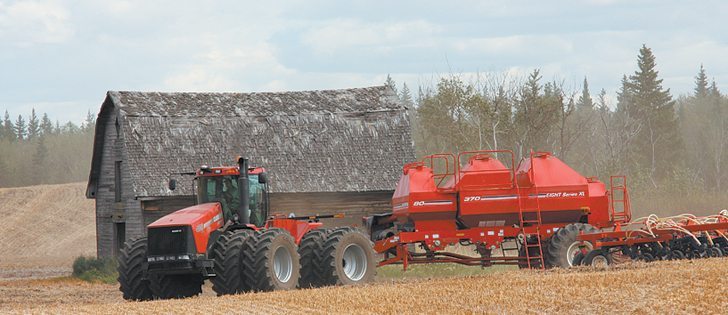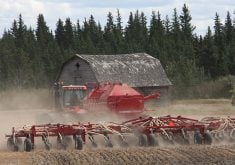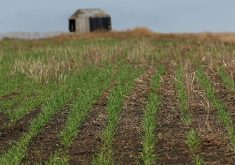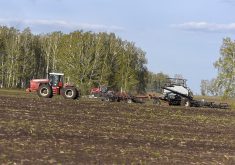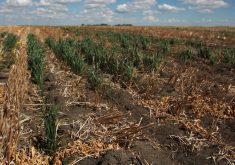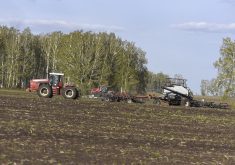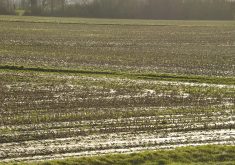Nearly 200,000 fewer acres were seeded in Saskatchewan while Manitoba acreage dropped by only 20,000
Dale Hicks was determined to seed winter wheat this fall, even though his soil resembled hardened concrete.
“It was so dry (in September) I couldn’t get the drill in the ground,” said Hicks, who farms near Outlook, Sask.
“You’d put a drill in the ground and it would just skate on top, or pull up cinder blocks (of soil).”
Instead of seeding in September, Hicks decided to wait until early November.
“If I couldn’t make a decent sized plant (before freeze up), I just chose to dormant seed it,” said Hicks, chair of the Saskatchewan Winter Cereals Development Commission.
Read Also

Pakistan reopens its doors to Canadian canola
Pakistan reopens its doors to Canadian canola after a three-year hiatus.
“We only put in 100 acres. That’s all I could do before it started snowing.”
As a testament to how dry it was in southern Saskatchewan a few months ago, Environment Canada’s weather station in Regina recorded 18 millimetres of precipitation from Aug. 1 to Sept. 30. The area normally receives 70 mm of rain.
Consequently, producers backed away from plans to seed winter wheat, and acres dropped substantially in the province.
Statistics Canada says Saskatchewan producers seeded 390,000 acres of winter wheat this fall compared to 580,000 in 2011.
In Manitoba, producers were able to sustain their winter wheat acreage despite dry conditions. They seeded 600,000 acres compared to 580,000 acres in the previous year.
“I think a lot of guys put it in, even though it was dry,” said Brent Schram of Brandon, who seeded 750 acres of winter wheat.
“(We) hoped it would rain and we got a late rain (in October), so it actually grew at the end.”
The lack of moisture stunted the winter wheat’s development, and plants on Schram’s farm are just “poking out of the ground.”
Nevertheless, his farm has sufficient snow cover, which he said should protect the crop.
Hicks said there is also enough snow to insulate the crop in his region of Saskatchewan.
He said he has seeded winter wheat in November once before and the crop turned out.
“It was just a later crop, so you couldn’t get away without wild oat control,” he said.
“And it reduced the yield a bit because it’s going to be flowering in a warmer time of year … at the end of June or early July.”
Hicks said heavy rain and snow melt, which flooded fields in southeastern Saskatchewan and southwestern Manitoba in spring 2011, encouraged new growers to seed winter wheat when their fields dried up.
Solid yields and prices around $7.50 a bushel this past summer helped the experiment pay off for first time growers. Hicks had hoped the newcomers would stick with the crop this year, but the dry fall prevented experienced growers and novices from seeding the crop.
“We definitely got some converts out of it, but it would’ve been better if we had a decent fall.”


